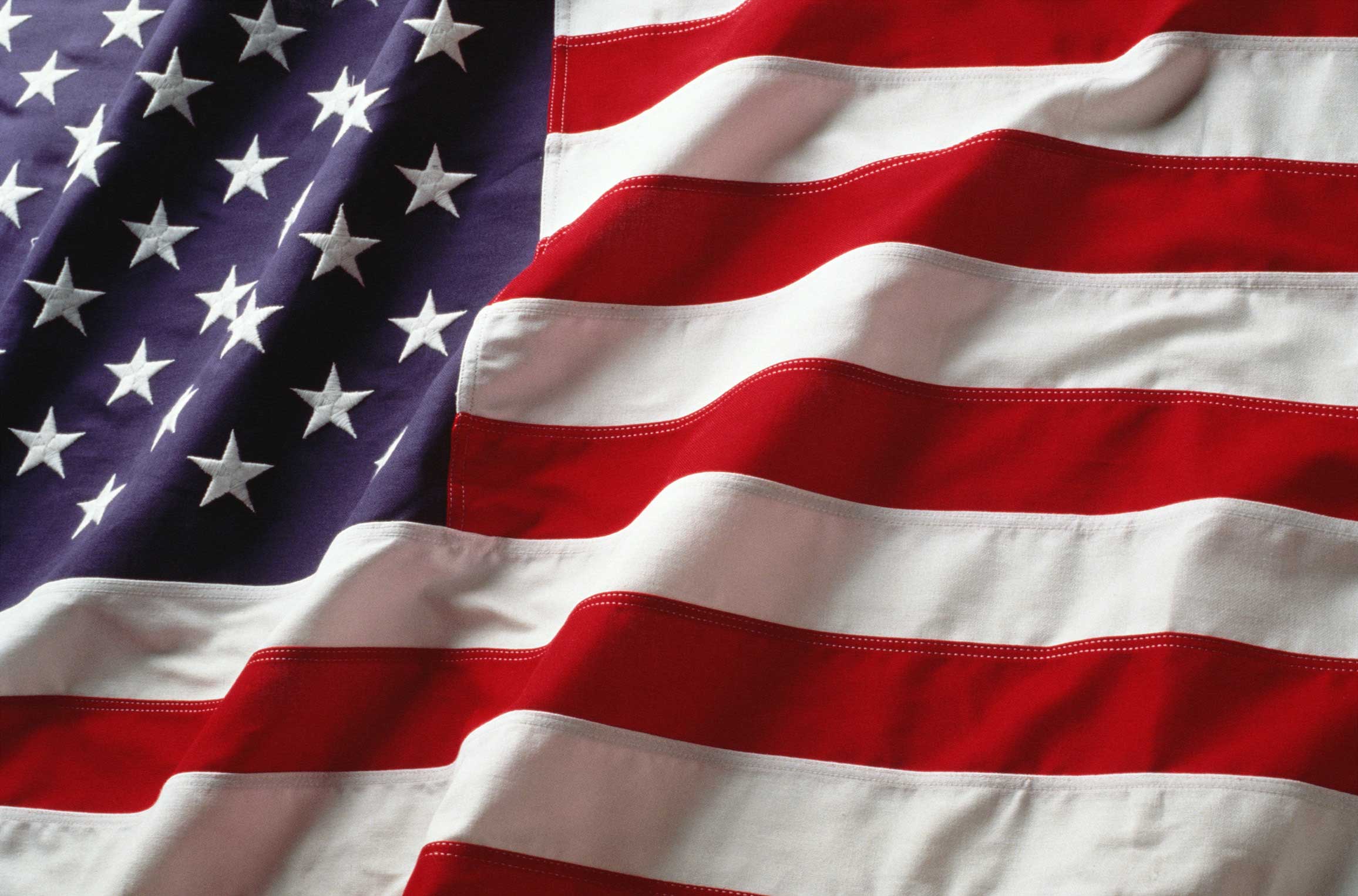Thomas Jefferson - One of America's Founding Fathers
Related Posts
- Buy Tickets for The Constitutional Walking Tour of Philadelphia – See 20+ Sites on a Primary Overview of Independence Park, including the Liberty Bell and Independence Hall
- Independence Hall
- Signers' Garden
- Signers' Walk
- Second Continental Congress
- Congress Hall
- Declaration House
- Philosophical Hall
Birth: April 13, 1743
Death: July 4, 1826 (age 83)
Colony: Virginia
Occupation: Plantation Owner, Lawyer, Politician
Significance: Primary Author and Signer of The Declaration of Independence (at the age of 33); served as the second Governor of Virginia (1779-1781); served as second United States Minister to France (1785-1789); served as the first Secretary of State (1790-1793); served as the second Vice President of the United States (1797-1801); served as the third President of the United States (1801-1809)
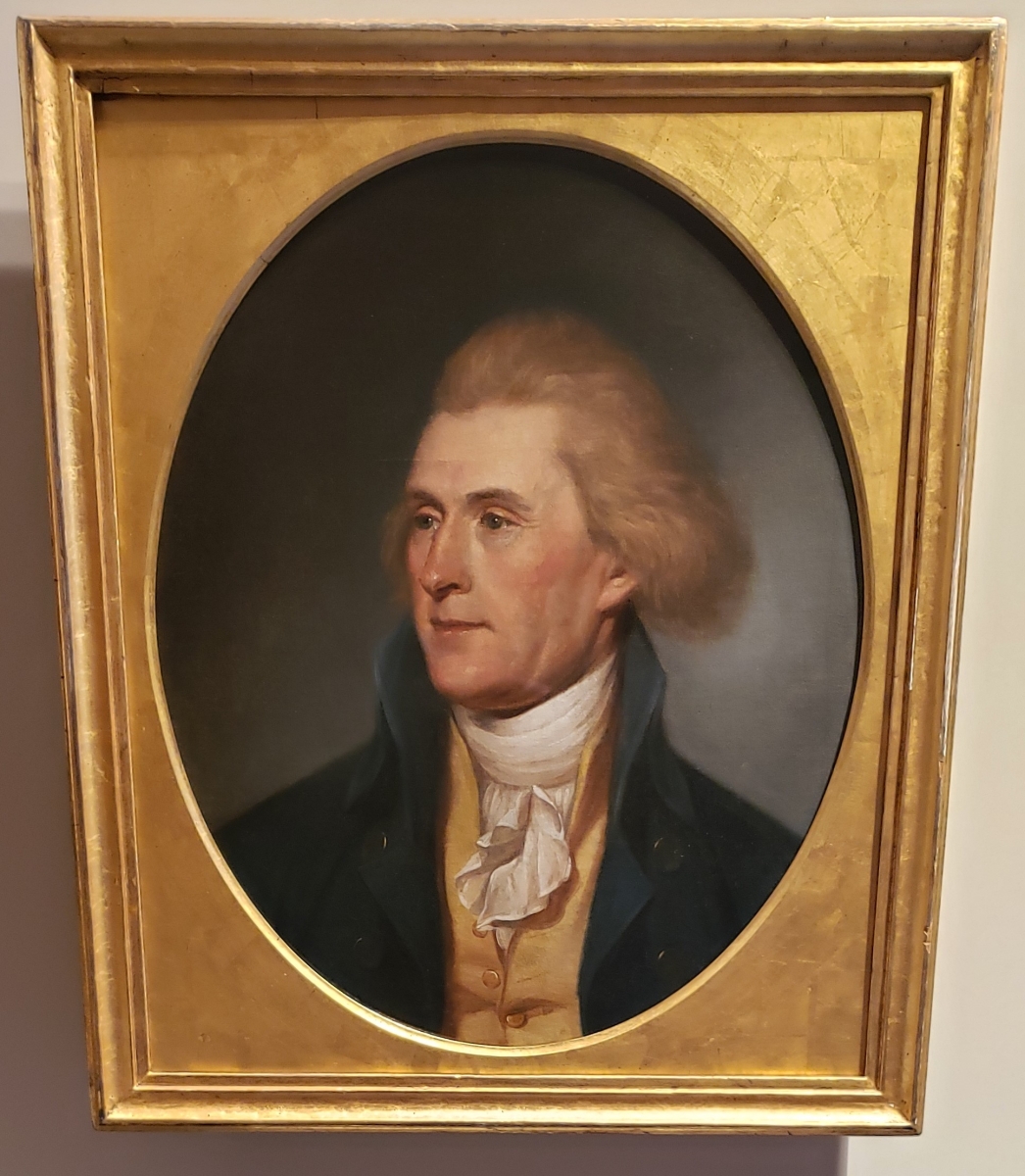
Entrance to Politics
The Declaration of Independence
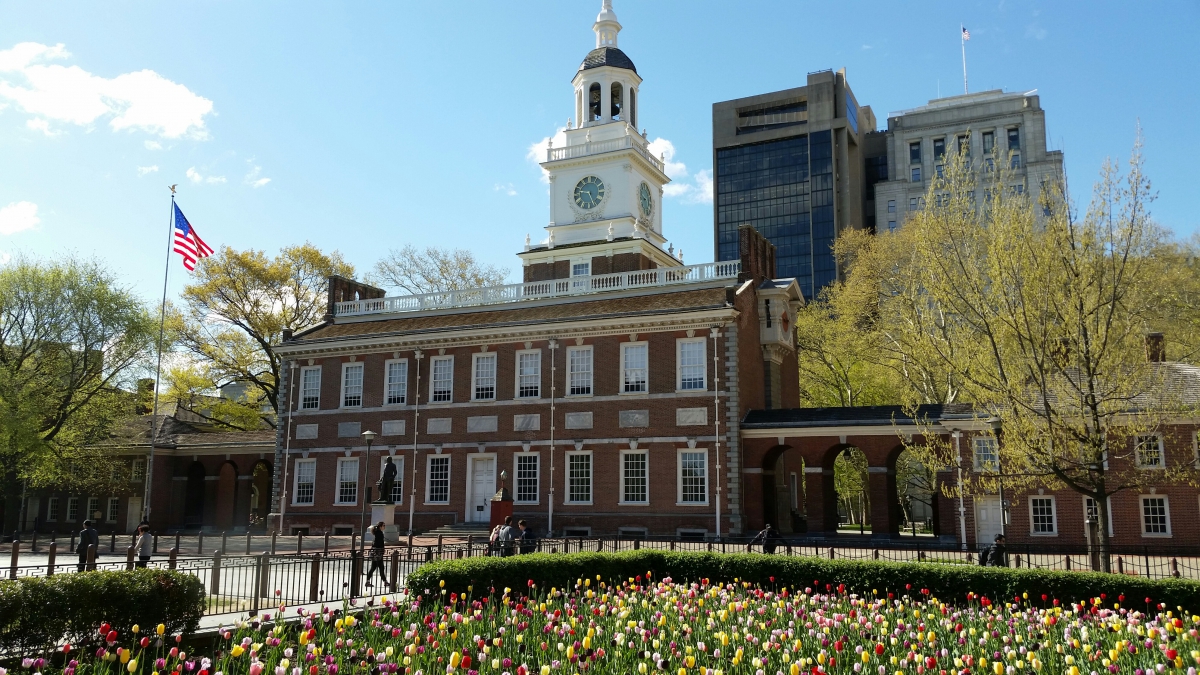
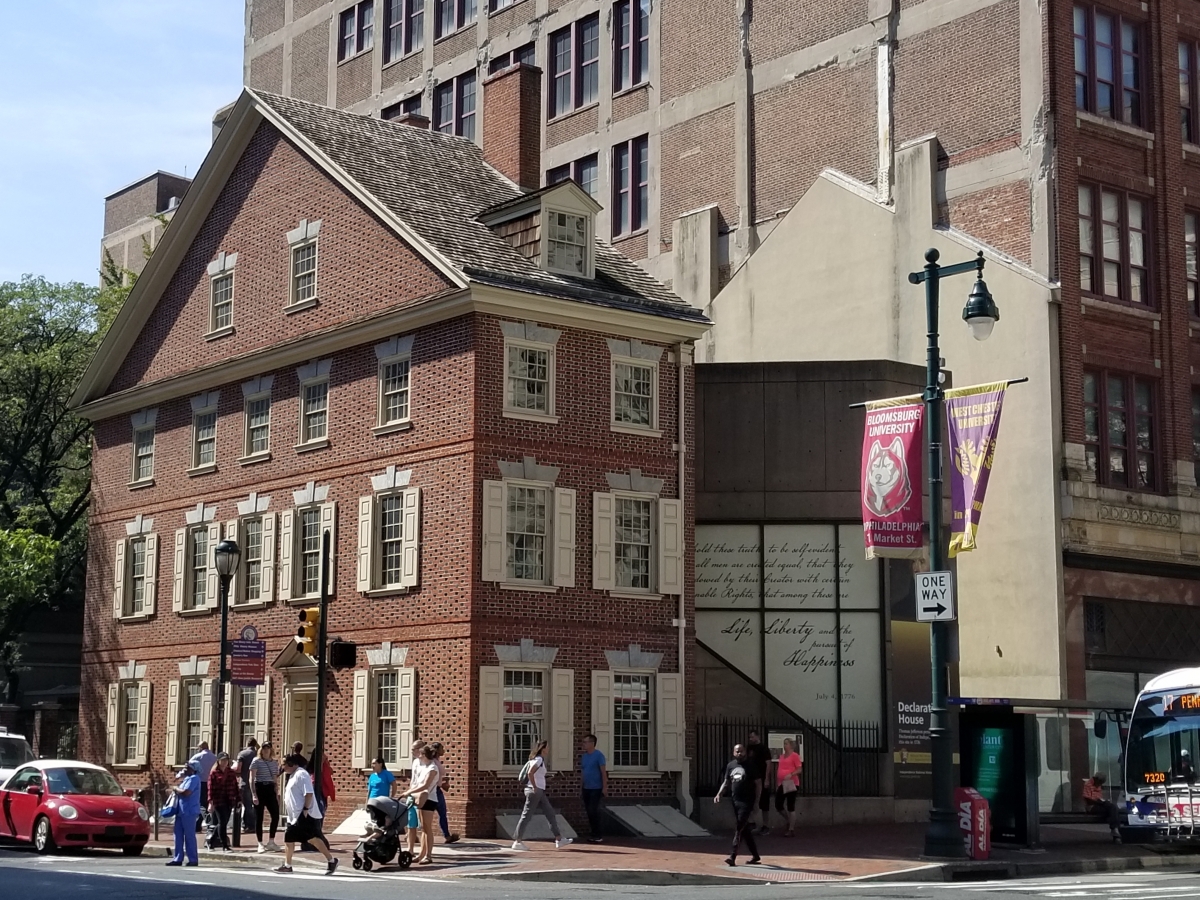
Jefferson wrote The Declaration of Independence at the Graff House (also known as the Declaration House) in Philadelphia. The document was subsequently edited by other committee members before being submitted to the Continental Congress. After approving Richard Henry Lee’s resolution for Independence on July 2, 1776, Congress turned their attention to The Declaration of Independence. After much debate and significant edits to the document, Congress approved The Declaration of Independence on July 4, 1776.
“We hold these truths to be self-evident, that all men are created equal, that they are endowed by their Creator with certain unalienable Rights, that among these are Life, Liberty and the pursuit of Happiness.”
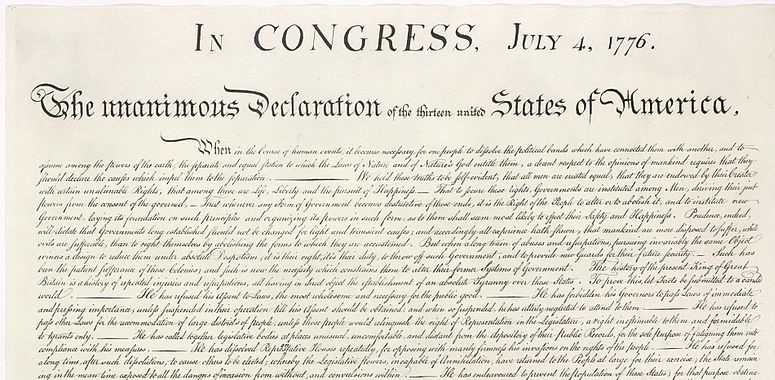
"Four score and seven years ago our fathers brought forth on this continent, a new nation, conceived in Liberty, and dedicated to the proposition that all men are created equal."
Revolutionary War
After the signing of The Declaration of Independence, Jefferson returned home to Virginia and served in the Virginia House of Delegates where he was a crucial figure in the finalization of the Virginia Constitution.
In 1779, Jefferson was elected Governor of Virginia, and he was re-elected the following year. Jefferson struggled to govern Virginia in the midst of the Revolutionary War, but he was able to make progress on many of his goals including guaranteeing religious freedom for Virginians, strengthening public education, and economic reforms. In 1781, the Virginia capital of Richmond was burned to ground by British forces led by Benedict Arnold. Jefferson was able to escape Richmond and travel to Monticello, but he faced criticism for his decision to return home amidst the chaos and was not elected to a third term.
Minister to France
In 1783, Jefferson was elected to the Continental Congress (Congress of the Confederation) and began serving just as the United States secured victory in the American Revolutionary War. In 1784, Jefferson was appointed by Congress to travel to Paris to join Benjamin Franklin and John Adams in negotiating treaties with European nations. In 1785, when Benjamin Franklin left France to return to Philadelphia after many years of being abroad, it was Jefferson who was chosen to succeed Franklin in the important position of Minister to France.
Jefferson remained in France for years and was still in Paris in 1789 when the storming of the Bastille set off the French Revolution. Jefferson remained in Paris during the beginning of the French Revolution, and he even offered advice to the Marquis de Lafayette, an American Revolutionary War Hero who had become a major figure in the French Revolution. Jefferson even consulted the Marquis de Lafayette as he wrote the Declaration of the Rights of Man and of the Citizen, an enormously influential document that was designed as a basic charter of human liberties and the principles of the French Revolution.
While Jefferson was in Paris and while the United States Constitution was written in Philadelphia in 1787, Jefferson was still able to influence America's new government through his correspondence with James Madison, who is considered the primary author of the Constitution. Madison had faced criticism from some members of the Constitutional Convention for not including a Bill of Rights in his proposed new government which would protect the rights of individuals and states from the enhanced powers of a stronger federal government. Members of the Constitutional Convention led by George Mason even refused to sign the United States Constitution over this dispute. Jefferson was among those who favored the addition of a Bill of Rights and used his influence with Madison to convince Madison to support the addition of a Bill of Rights, which Madison himself would go on to write.
Secretary of State
While Jefferson was working abroad, back in America, a new government was established under the Constitution of the United States, and George Washington was elected President of the newly established Federal government. Jefferson returned to Monticello in 1789 and was named the first Secretary of State under the Constitution by President Washington.
Jefferson quickly became a rival of fellow cabinet member of Secretary of the Treasury, Alexander Hamilton. Jefferson opposed Hamilton’s ambitious economic plans which included the Federal government taking on all of the Revolutionary War debts accumulated by the states and the establishment of a national bank. Jefferson fought against Hamilton's goals, but in the end, Washington sided with Hamilton and proceeded with his economic plans.
Jefferson became increasingly aligned with fellow Virginian James Madison who was also concerned with increasing Federal authority, and that Hamilton's proposals such as The First Bank of the United States, would provide an avenue for the wealthy to corrupt American politics. Together, Jefferson and Madison formed the Democratic-Republican party, and they sought to oppose Hamilton’s Federalist Party.
While no longer in Paris, Jefferson still supported the cause of the French Revolution from afar and when Britain began clashing with revolutionary France, Jefferson and the Democratic-Republicans were firmly on the side of the French. Jefferson grew frustrated that Washington and his cabinet were aligning themselves with Britain instead. As it became clear that his influence in Washington’s cabinet was limited, Jefferson resigned as Secretary of State at the end of 1793, and he returned to Monticello.
Vice President of the United States
Back in Virginia, Jefferson remained involved in politics and increasingly criticized Washington’s foreign policy decisions. In particular, Jefferson felt that the Jay Treaty with Britain was far too conciliatory and was afraid the Federalists were too aligned with the British Monarchy.
As it became clear that President Washington would not seek a third term in office, the stage was set for an intense 1796 election between his Federalist Vice President, John Adams, and Democratic-Republican leader Thomas Jefferson, two old friends who had grown into political rivals. The bitter election of 1796 was further complicated by fighting within the Federalist Party between Adams and Hamilton. Hamilton tried to bypass Adams and elect Adams’ Vice President candidate, Thomas Pinckney, as President.
While Hamilton’s scheming failed, it did succeed in creating a mess in which Thomas Jefferson lost to John Adams, but he secured more votes than his running mate, and thus became John Adams’ Vice President. This awkward situation was part of the reason for the creation of the 12th Amendment which would simplify the process by which the President was elected and ensured that the running mate of the winning Presidential Candidate would win the Vice Presidency.
While serving as Vice President, Jefferson worked against President John Adams and publicly attacked many of Adams’ decisions, including his entrance into a Quasi-War with France, and the Alien and Sedition Acts, which made certain type of dissent against the government illegal.
During this time, Jefferson was also named President of the American Philosophical Society, a scholarly society formed by Benjamin Franklin over half a century earlier. The Philosophical Society was located in Philadelphia where Jefferson was served as Vice President of the United States, but Jefferson remained its president, even after he left Philadelphia. Jefferson eventually resigned as the leader of the American Philosophical Society before finally resigning in 1815.
In the meantime, Jefferson prepared for the 1800 election, in which Jefferson once again faced off against John Adams. The election was highly contentious with both parties attacking the other, but this time, it was Jefferson who defeated Adams and became America’s third President.
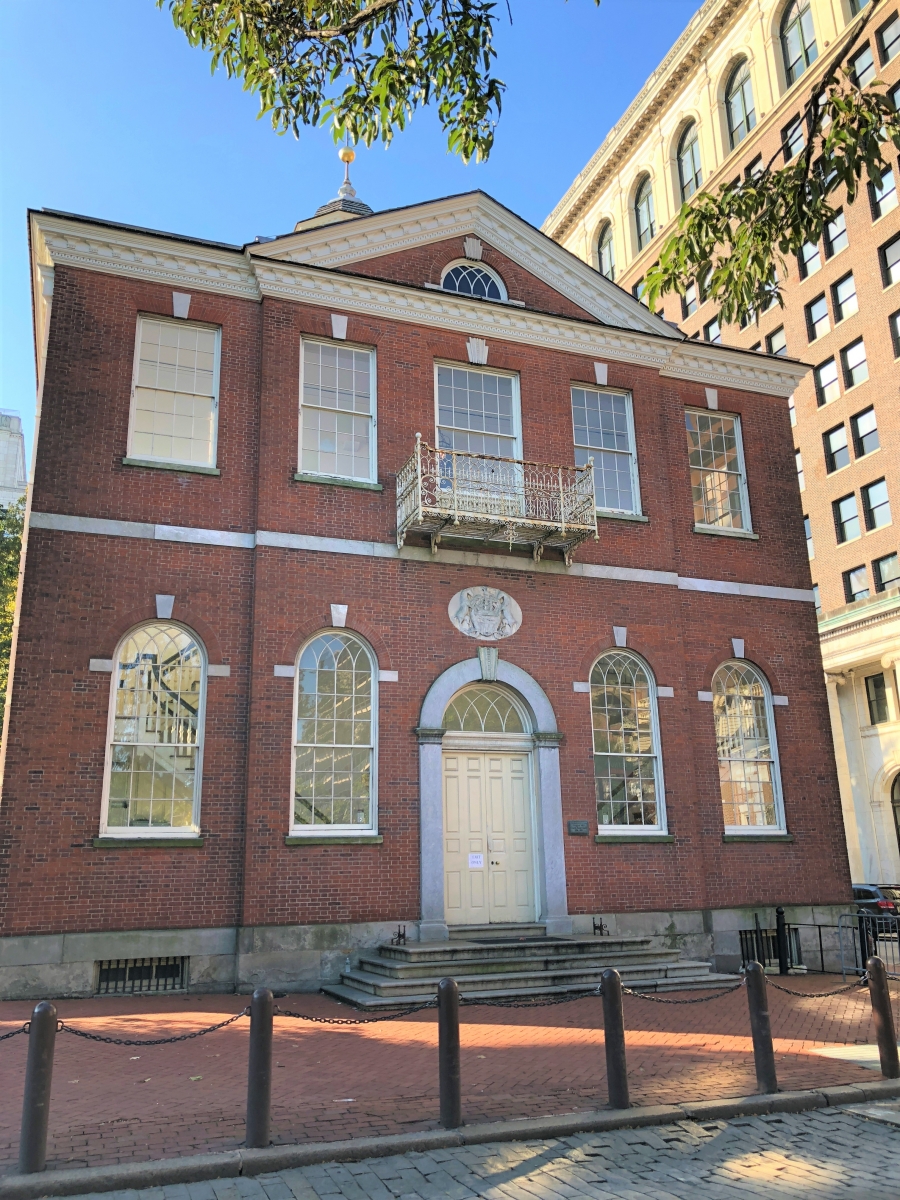
President of the United States
While Jefferson set about shrinking the size of the American government, at the same time he greatly expanded the size of America. Under Jefferson’s presidency, America purchased almost a million square miles of French Territory for fifteen million dollars. Known as the Louisiana Purchase, Jefferson’s deal with the French effectively doubled the size of America and cleared a path for continued westward expansion. After the Louisiana Purchase, Jefferson funded an expedition to explore and map a path through the new territory and to the Pacific Ocean. Jefferson choose Meriwether Lewis and William Clark to be the leaders of the of the expedition and their two year journey was a success.
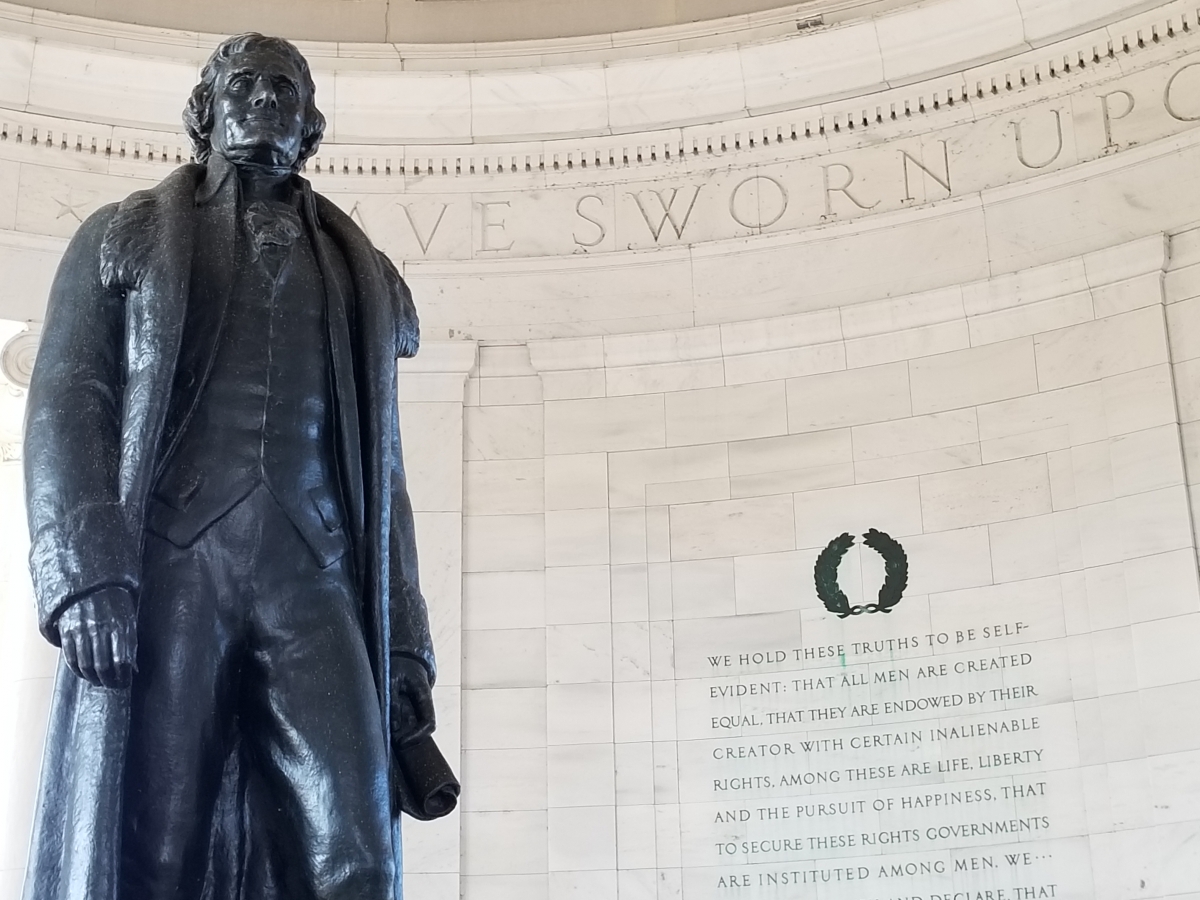
Later Years
In 1819, Jefferson made a long standing goal of his, a realty, he founded his own university, the University of Virginia. Most universities of the day were founded by a religious institution and religion was often intertwined with education. The University of Virginia was however intended to be an educational institution free of religious influence. Jefferson himself planned the school’s curriculum and even designed many of its buildings.
In his later years, Jefferson also rekindled what had been a longstanding friendship with John Adams. The two had an acrimonious split following the election of 1800, and neither of them spoke to the other for years. But then in 1812, John Adams wrote to Jefferson and Jefferson responded, starting an unending correspondence that continued for the rest of their lives. Both men died on July 4th, 1826, on the fiftieth anniversary of the country both men had been so crucial in founding.
Thomas Jefferson in Philadelphia
Jefferson first came to Philadelphia in 1775 as a Delegate to the Second Continental Congress which met at Independence Hall. While in Philadelphia, Jefferson was chosen to write The Declaration of Independence and did so while living at the Declaration House. After The Declaration of Independence was approved by Congress, Jefferson signed The Declaration of Independence before returning home to Virginia where he served as Governor.
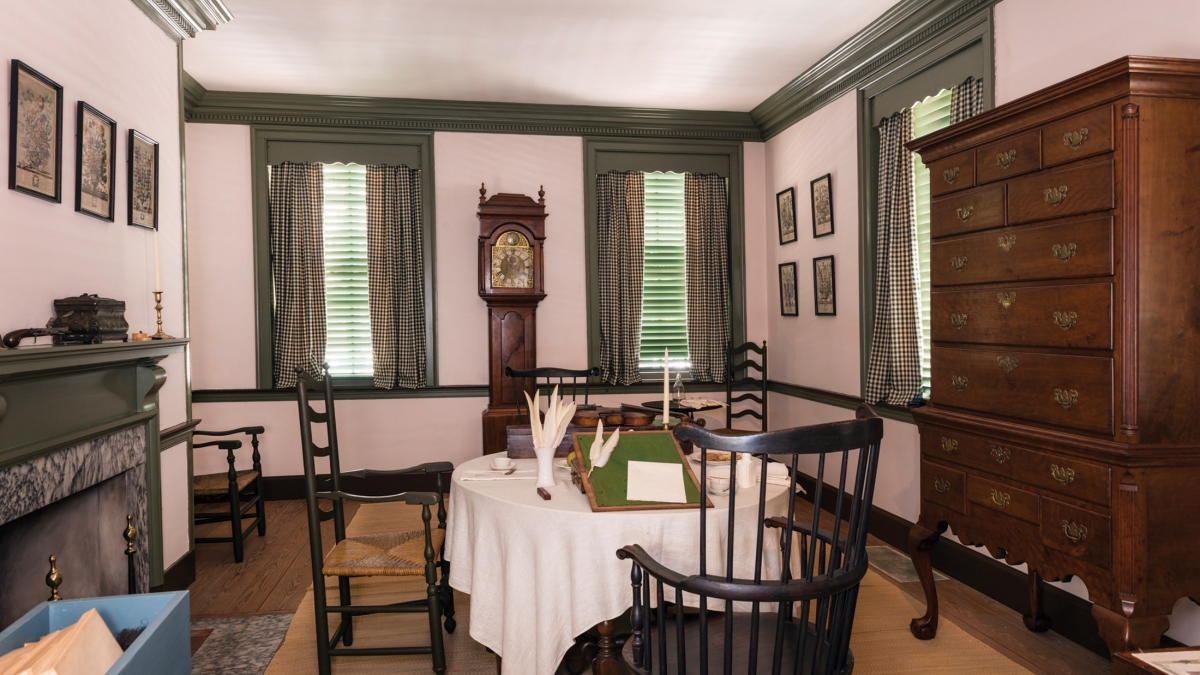
Jefferson returned to Philadelphia in 1783 to serve in the Congress of the Confederation before leaving again to serve as a diplomat in Paris, France. In 1790, Jefferson again returned to Philadelphia where he continued to serve as President George Washington's Secretary of State. After a brief trip to Virginia, Jefferson returned to Philadelphia after being elected Vice President in 1797. While Vice President, Jefferson presided over the U.S. Senate, which met on the second floor of Congress Hall while the Capital city was in Philadelphia. During this time, Jefferson also served as the President of the American Philosophical Society, which met at Philosophical Hall in Philadelphia.
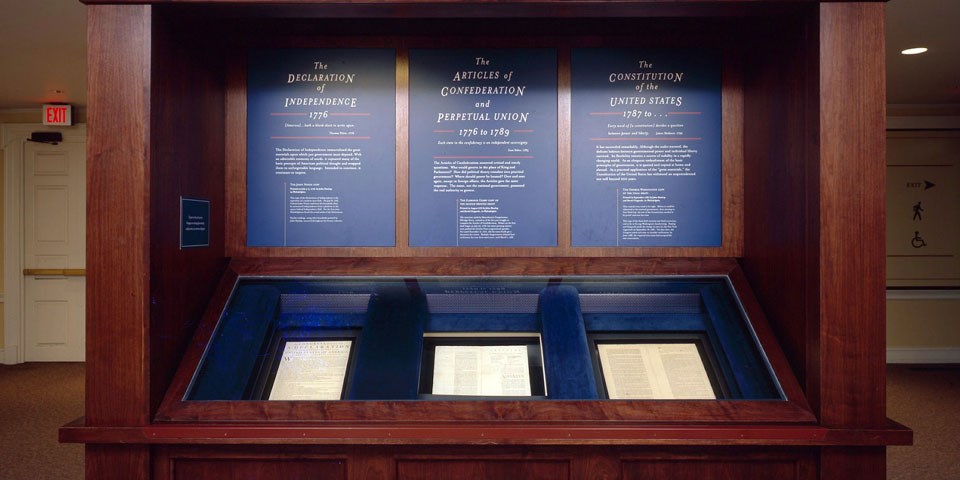
Inside the West Wing of Independence Hall, is an exhibit titled "Great Essentials," which contains original copies of the historic documents that were signed in Independence Hall, including Thomas Jefferson's Declaration of Independence. A plaque commemorating Jefferson for signing The Declaration of Independence can be found on Signers' Walk on the 600 block of Chestnut Street (between 5th and 6th Street). Signers' Garden pays tribute to the Founding Fathers, including those such as Jefferson who signed The Declaration of Independence. Today, Independence Hall, the Declaration House, Congress Hall, American Philosophical Society, Signers' Walk and Signers' Garden are all stops visited along The Constitutional Walking Tour!



